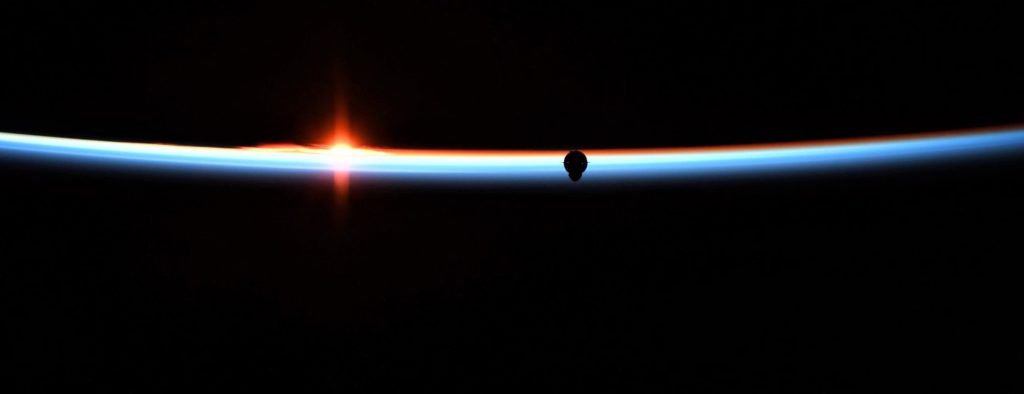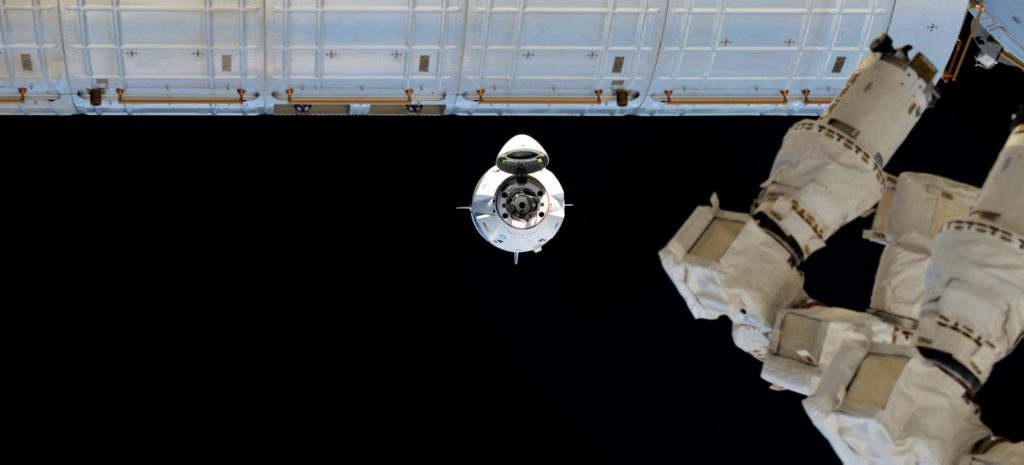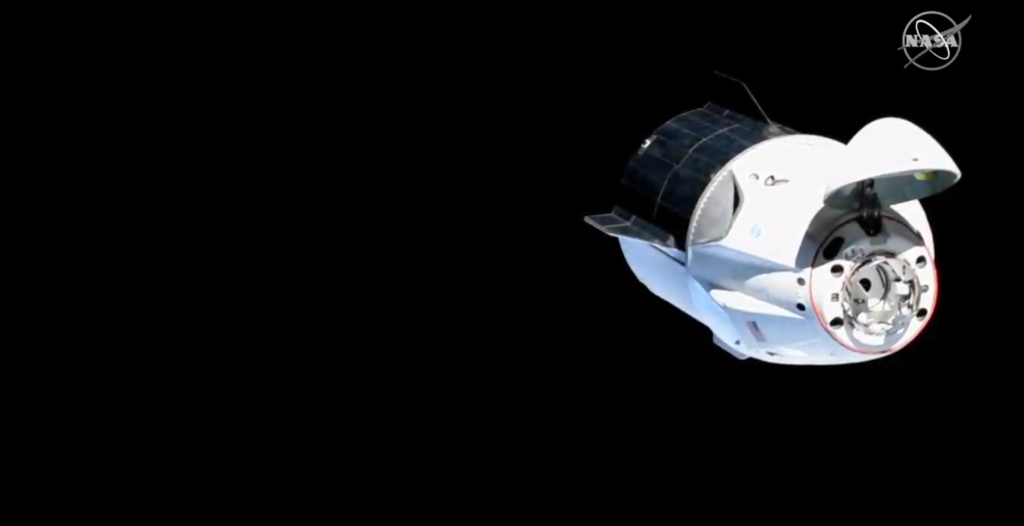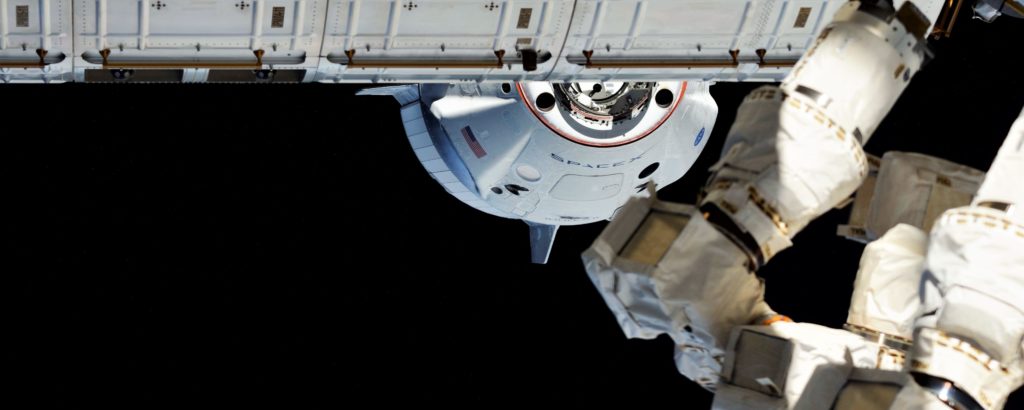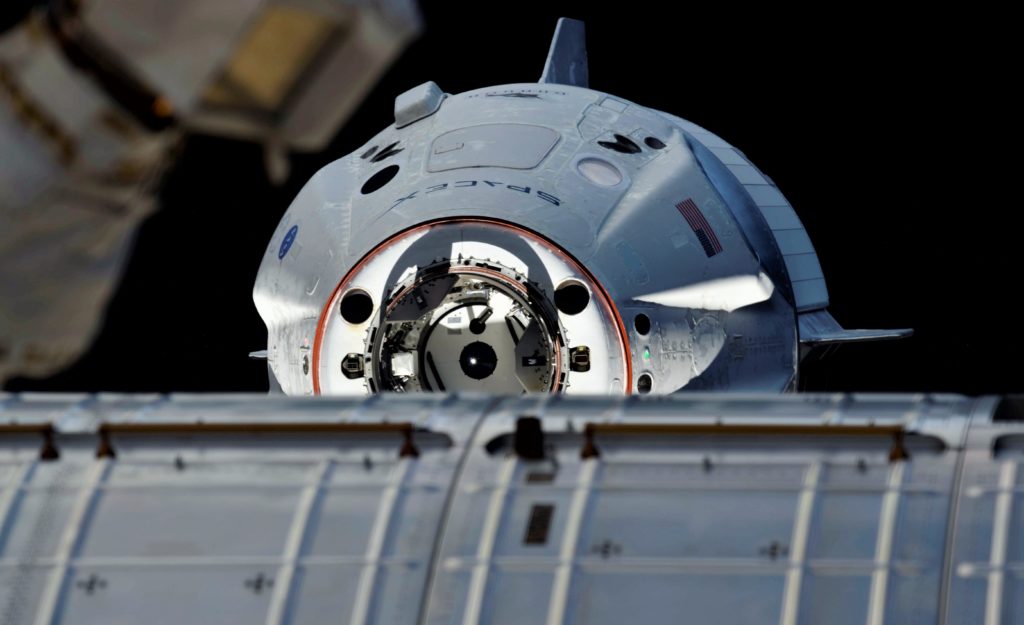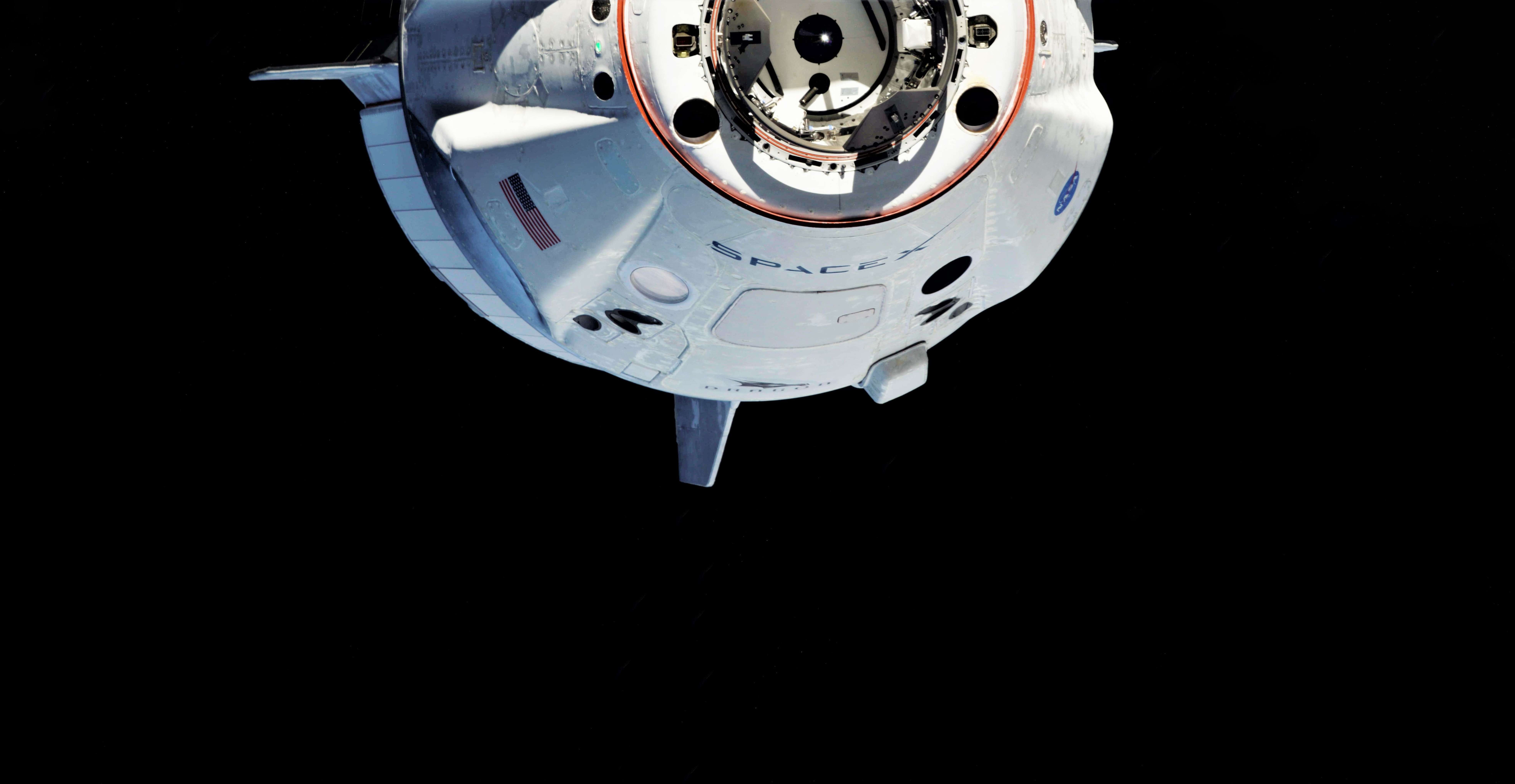

SpaceX
SpaceX’s Crew Dragon spaceship shown off in first high-res orbital portraits
Taken by Russian cosmonaut Oleg Kononenko, the first high-resolution photos of SpaceX’s Crew Dragon spacecraft have begun to trickle in, offering the best views yet of the advanced human-rated spacecraft in its natural habit: Earth orbit.
Filling in for a distinct and uncharacteristic lack of official photos from NASA, the spacecraft’s inaugural spaceflight had thus far only been documented through NASA’s own live coverage of its International Space Station (ISS) rendezvous, limited to a relatively low-quality stream. With Oleg’s extremely high-resolution captures, we can begin to see SpaceX’s Crew Dragon with a level of detail previously only seen (if ever) on the ground.
Stunning photos of Dragon 2 docking from Oleg Kononenko! https://t.co/Lu9zlKFPt9
He was monitoring from the Russian section, near the Soyuz, due to Rocosmos contingency procedures.
Hires set:https://t.co/lFuRSzlvpQ pic.twitter.com/6wrBqVDPOP
— NSF – NASASpaceflight.com (@NASASpaceflight) March 4, 2019
In all fairness to NASA, the ISS is operating with just three crew members, only one of which – Anne McClain – is a NASA astronaut. Particularly the case for an operation as critical as Crew Dragon’s inaugural orbital docking attempt, the task of controlling space vehicle rendezvous typically requires the full attention of one or two onboard astronauts – in this case, NASA’s Anne McClain and Canadian Space Agency (CSA) astronaut David Saint-Jacques. Veteran Russian cosmonaut Oleg Kononenko, however, was required by Roscosmos to remain in the Russian segment of the ISS in the event of a catastrophic anomaly during Crew Dragon’s approach to the station.
Just prior to launch, NASA broke the news that its Russian ISS partners had expressed concerns about the design of Crew Dragon’s approach trajectory, mainly focusing on the fact that a loss of control or communications while moving towards the station would leave no way for the spacecraft to naturally slow down. In other words, a dead spacecraft with a forward velocity would simply continue moving forward until it impacted the ISS, a bit like a semi-truck crash in slow motion (i.e. < 0.5 m/s or 1 mph). Weighing a hefty 12 tons (~26,600 lbs) during the arrival, even an extremely low-speed impact could undoubtedly do some damage to the ISS, although an actual hull breach (and thus a need to evacuate) would be extraordinarily unlikely. Still, Oleg was unable to significantly assist during the rendezvous itself, although the cosmonaut was front and center after Crew Dragon’s successful capture.

Taking advantage of the opportunity to observe, the cosmonaut was able to take a number of photos of Crew Dragon’s arrival, although the location of its docking port makes for a less than optimal perspective. Still, it’s hard to complain about any extremely high-quality photos of Crew Dragon, and Oleg’s are nothing short of spectacular. Highlighting the spacecraft’s nose section and docking port hardware, as well as limited views of its trunk section and body, this is quite possibly the first time SpaceX’s newest vehicle has been publicly shown off at this level of detail.
This privileged view includes a detailed look at Crew Dragon’s Draco maneuvering thrusters (elongated black ovals below SpaceX logo), two shrouds containing half of its SuperDraco abort thrusters (beneath the NASA meatball and flag emblem), the ‘Dragon Claw’ latch connecting the capsule and trunk (a smooth rectangle in the lower right), and even a (likely) duo of LIDAR arrays to the left and right of the docking adapter ring. Other notable appearances include the disposable trunk section’s radiators (a series of white rectangles visible on the left) and empennage, four fins meant to provide aerodynamic stability in the event of an abort. Just out of view is trunk’s sculpture-like solar array, curved to fit along the upper (relative) half of the section and fixed in place to minimize failure modes associated to deployable solar arrays like those used on Cargo Dragon.
- Crew Dragon is backlit by an orbital sunrise over Earth’s limb on its inaugural March 2019 spaceflight. (Anne McClain)
- Crew Dragon’s ISS approach. (Oleg Kononenko)
- A better view of the solar array half of Crew Dragon’s trunk section. (NASA)
- Cloooooser… (Oleg Kononenko)
- (Oleg Kononenko)
After completing its successful space station docking debut on the morning of March 3rd, Crew Dragon is scheduled to depart the ISS and reenter Earth’s atmosphere for a soft landing in the Atlantic Ocean around 9 am PST (14:00 UTC) on March 8th. According to the SpaceX and NASA hosts of the live docking coverage, Crew Dragon’s DM-1 departure from the ISS will also be treated to a hosted webcast, potentially all the way through reentry and recovery aboard the customized SpaceX vessel GO Searcher. According to CEO Elon Musk, there is a slight but present chance of anomalous behavior during reentry due to aerodynamic instability caused by the shrouds covering Crew Dragon’s unique SuperDraco abort system, while NASA continues to have concerns (largely unexplained) about the spacecraft’s redundant parachute system.
Regardless of technical concerns, Crew Dragon’s reentry will be the final critical challenge in the way of completing its first demonstration launch (DM-1), proceeded by a flawless launch and equally flawless docking. If successful, it will explicitly pave the way for the spacecraft’s second demonstration mission (DM-2), in which two NASA astronauts will be transported to the ISS. That major milestone could occur as early as July, although slips are probable.
Check out Teslarati’s newsletters for prompt updates, on-the-ground perspectives, and unique glimpses of SpaceX’s rocket launch and recovery processes!
News
SpaceX’s Crew-11 mission targets July 31 launch amid tight ISS schedule
The flight will lift off from Launch Complex 39A at Kennedy Space Center in Florida.
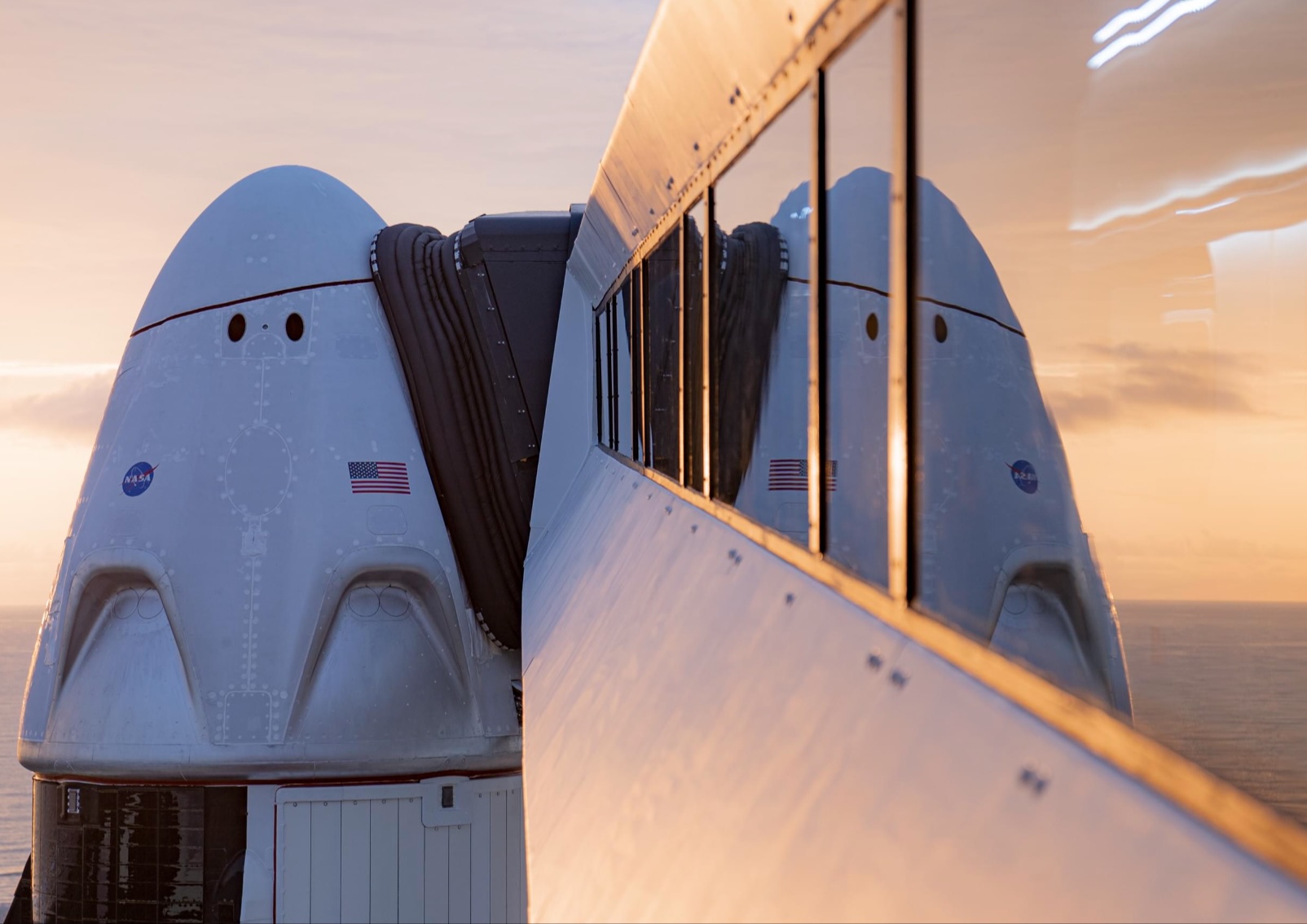
NASA and SpaceX are targeting July 31 for the launch of Crew-11, the next crewed mission to the International Space Station (ISS). The flight will lift off from Launch Complex 39A at Kennedy Space Center in Florida, using the Crew Dragon Endeavour and a Falcon 9 booster.
Crew Dragon Endeavour returns
Crew-11 will be the sixth flight for Endeavour, making it SpaceX’s most experienced crew vehicle to date. According to SpaceX’s director of Dragon mission management, Sarah Walker, Endeavour has already carried 18 astronauts representing eight countries since its first mission with NASA’s Bob Behnken and Doug Hurley in 2020, as noted in an MSN report.
“This Dragon spacecraft has successfully flown 18 crew members representing eight countries to space already, starting with (NASA astronauts) Bob (Behnken) and Doug (Hurley) in 2020, when it returned human spaceflight capabilities to the United States for the first time since the shuttle retired in July of 2011,” Walker said.
For this mission, Endeavour will debut SpaceX’s upgraded drogue 3.1 parachutes, designed to further enhance reentry safety. The parachutes are part of SpaceX’s ongoing improvements to its human-rated spacecraft, and Crew-11 will serve as their first operational test.
The Falcon 9 booster supporting this launch is core B1094, which has launched in two previous Starlink missions, as well as the private Ax-4 mission on June 25, as noted in a Space.com report.
The four-members of Crew-11 are NASA astronauts Zena Cardman and Mike Fincke, as well as Japan’s Kimiya Yui and Russia’s Oleg Platonov.
Tight launch timing
Crew-11 is slated to arrive at the ISS just as NASA coordinates a sequence of missions, including the departure of Crew-10 and the arrival of SpaceX’s CRS-33 mission. NASA’s Bill Spetch emphasized the need for careful planning amid limited launch resources, noting the importance of maintaining station altitude and resupply cadence.
“Providing multiple methods for us to maintain the station altitude is critically important as we continue to operate and get the most use out of our limited launch resources that we do have. We’re really looking forward to demonstrating that capability with (CRS-33) showing up after we get through the Crew-11 and Crew-10 handover,” Spetch stated.
News
SpaceX launches Ax-4 mission to the ISS with international crew
The SpaceX Falcon 9 launched Axiom’s Ax-4 mission to ISS. Ax-4 crew will conduct 60+ science experiments during a 14-day stay on the ISS.

SpaceX launched the Falcon 9 rocket kickstarting Axiom Space’s Ax-4 mission to the International Space Station (ISS). Axiom’s Ax-4 mission is led by a historic international crew and lifted off from Kennedy Space Center’s Launch Complex 39A at 2:31 a.m. ET on June 25, 2025.
The Ax-4 crew is set to dock with the ISS around 7 a.m. ET on Thursday, June 26, 2025. Axiom Space, a Houston-based commercial space company, coordinated the mission with SpaceX for transportation and NASA for ISS access, with support from the European Space Agency and the astronauts’ governments.
The Ax-4 mission marks a milestone in global space collaboration. The Ax-4 crew, commanded by U.S. astronaut Peggy Whitson, includes Shubhanshu Shukla from India as the pilot, alongside mission specialists Sławosz Uznański-Wiśniewski from Poland and Tibor Kapu from Hungary.
“The trip marks the return to human spaceflight for those countries — their first government-sponsored flights in more than 40 years,” Axiom noted.
Shukla’s participation aligns with India’s Gaganyaan program planned for 2027. He is the first Indian astronaut to visit the ISS since Rakesh Sharma in 1984.
Axiom’s Ax-4 mission marks SpaceX’s 18th human spaceflight. The mission employs a Crew Dragon capsule atop a Falcon 9 rocket, designed with a launch escape system and “two-fault tolerant” for enhanced safety. The Axiom mission faced a few delays due to weather, a Falcon 9 leak, and an ISS Zvezda module leak investigation by NASA and Roscosmos before the recent successful launch.
As the crew prepares to execute its scientific objectives, SpaceX’s Ax-4 mission paves the way for a new era of inclusive space research, inspiring future generations and solidifying collaborative ties in the cosmos. During the Ax-4 crew’s 14-day stay in the ISS, the astronauts will conduct nearly 60 experiments.
“We’ll be conducting research that spans biology, material, and physical sciences as well as technology demonstrations,” said Whitson. “We’ll also be engaging with students around the world, sharing our experience and inspiring the next generation of explorers.”
SpaceX’s Ax-4 mission highlights Axiom’s role in advancing commercial spaceflight and fostering international partnerships. The mission strengthens global space exploration efforts by enabling historic spaceflight returns for India, Poland, and Hungary.
News
Starlink Cellular’s T-Mobile service to grow with third-party app data
From Oct 2025, T-Satellite will enable third-party apps in dead zones! WhatsApp, X, AccuWeather + more coming soon.
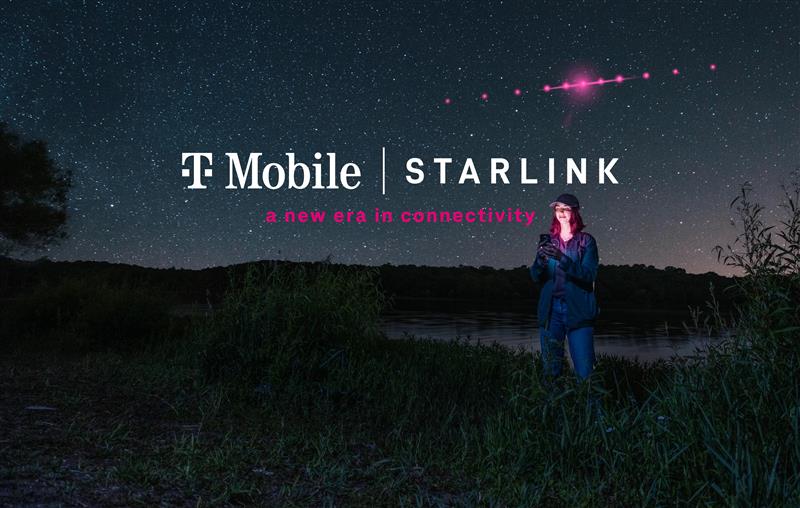
Starlink Cellular’s T-Mobile service will expand with third-party app data support starting in October, enhancing connectivity in cellular dead zones.
T-Mobile’s T-Satellite, supported by Starlink, launches officially on July 23. Following its launch, T-Mobile’s Starlink Cellular service will enable data access for third-party apps like WhatsApp, X, Google, Apple, AccuWeather, and AllTrails on October 1, 2025.
T-Mobile’s Starlink Cellular is currently in free beta. T-Satellite will add MMS support for Android phones on July 23, with iPhone support to follow. MMS support allows users to send images and audio clips alongside texts. By October, T-Mobile will extend emergency texting to all mobile users with compatible phones, beyond just T-Mobile customers, building on its existing 911 texting capability. The carrier also provides developer tools to help app makers integrate their software with T-Satellite’s data service, with plans to grow the supported app list.
T-Mobile announced these updates during an event celebrating an Ookla award naming it the best U.S. phone network, a remarkable turnaround from its last-place ranking a decade ago.
“We not only dream about going from worst to best, we actually do it. We’re a good two years ahead of Verizon and AT&T, and I believe that lead is going to grow,” said T-Mobile’s Chief Operating Officer Srini Gopalan.
T-Mobile unveiled two promotions for its Starlink Cellular services to attract new subscribers. A free DoorDash DashPass membership, valued at $10/month, will be included with popular plans like Experience Beyond and Experience More, offering reduced delivery and service fees. Meanwhile, the Easy Upgrade promotion targets Verizon customers by paying off their phone balances and providing flagship devices like the iPhone 16, Galaxy S25, or Pixel 9.
T-Mobile’s collaboration with SpaceX’s Starlink Cellular leverages orbiting satellites to deliver connectivity where traditional networks fail, particularly in remote areas. Supporting third-party apps underscores T-Mobile’s commitment to enhancing user experiences through innovative partnerships. As T-Satellite’s capabilities grow, including broader app integration and emergency access, T-Mobile is poised to strengthen its lead in the U.S. wireless market.
By combining Starlink’s satellite technology with strategic promotions, T-Mobile is redefining mobile connectivity. The upcoming third-party app data support and official T-Satellite launch mark a significant step toward seamless communication, positioning T-Mobile as a trailblazer in next-generation wireless services.
-

 Elon Musk2 weeks ago
Elon Musk2 weeks agoTesla investors will be shocked by Jim Cramer’s latest assessment
-

 News2 days ago
News2 days agoTesla debuts hands-free Grok AI with update 2025.26: What you need to know
-

 Elon Musk4 days ago
Elon Musk4 days agoxAI launches Grok 4 with new $300/month SuperGrok Heavy subscription
-

 Elon Musk7 days ago
Elon Musk7 days agoElon Musk confirms Grok 4 launch on July 9 with livestream event
-

 News2 weeks ago
News2 weeks agoTesla Model 3 ranks as the safest new car in Europe for 2025, per Euro NCAP tests
-

 Elon Musk2 weeks ago
Elon Musk2 weeks agoxAI’s Memphis data center receives air permit despite community criticism
-

 News4 days ago
News4 days agoTesla begins Robotaxi certification push in Arizona: report
-

 Elon Musk2 weeks ago
Elon Musk2 weeks agoTesla scrambles after Musk sidekick exit, CEO takes over sales

